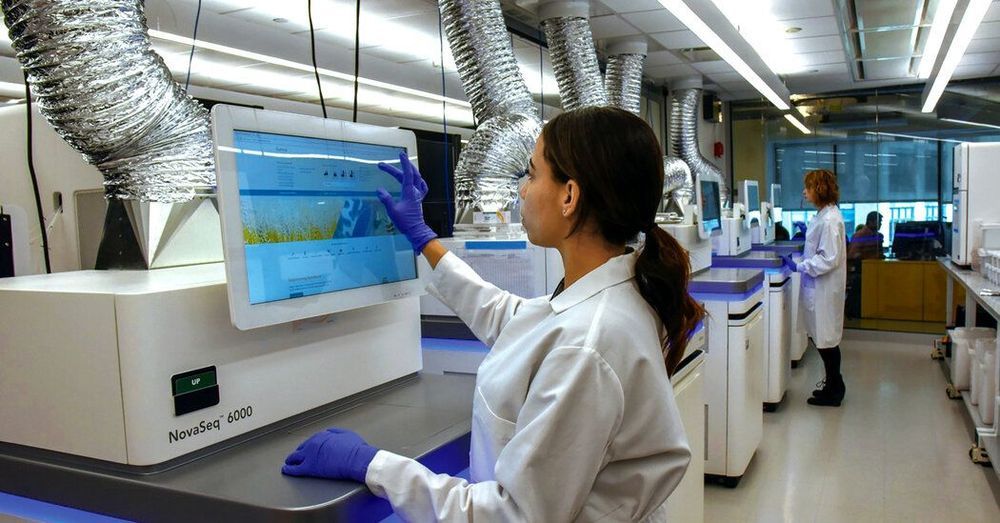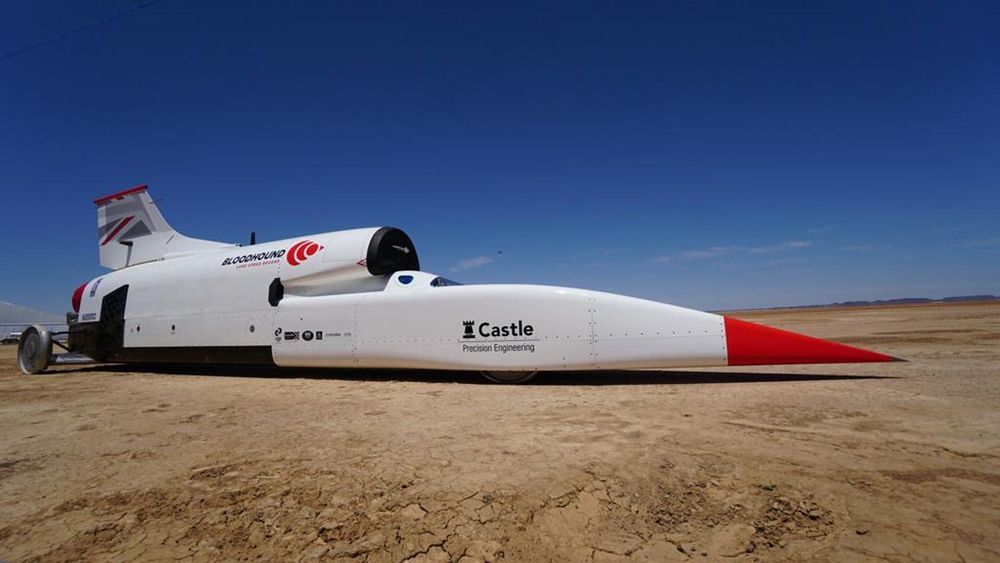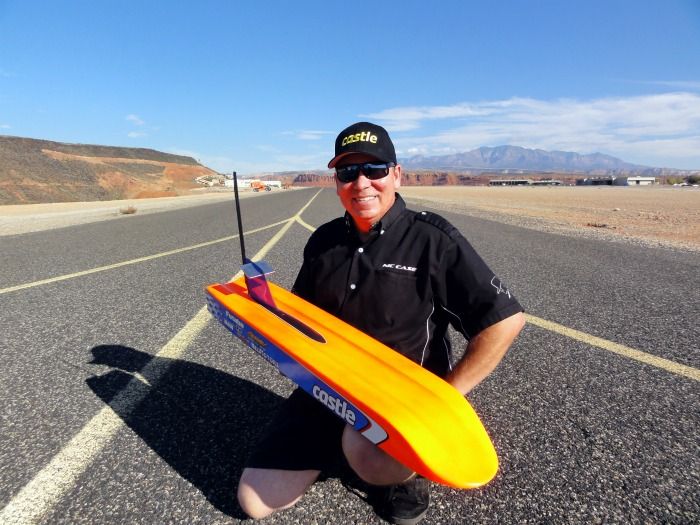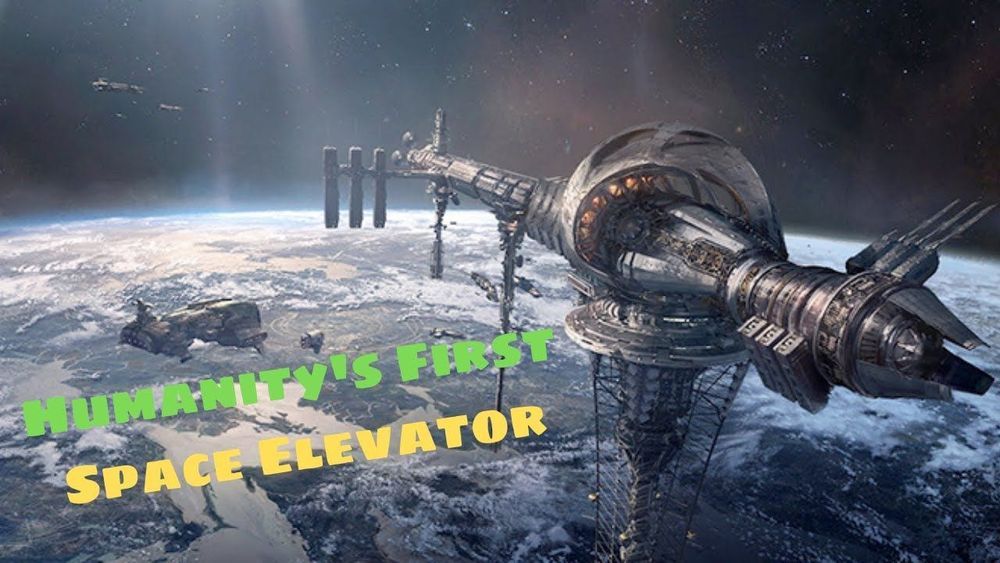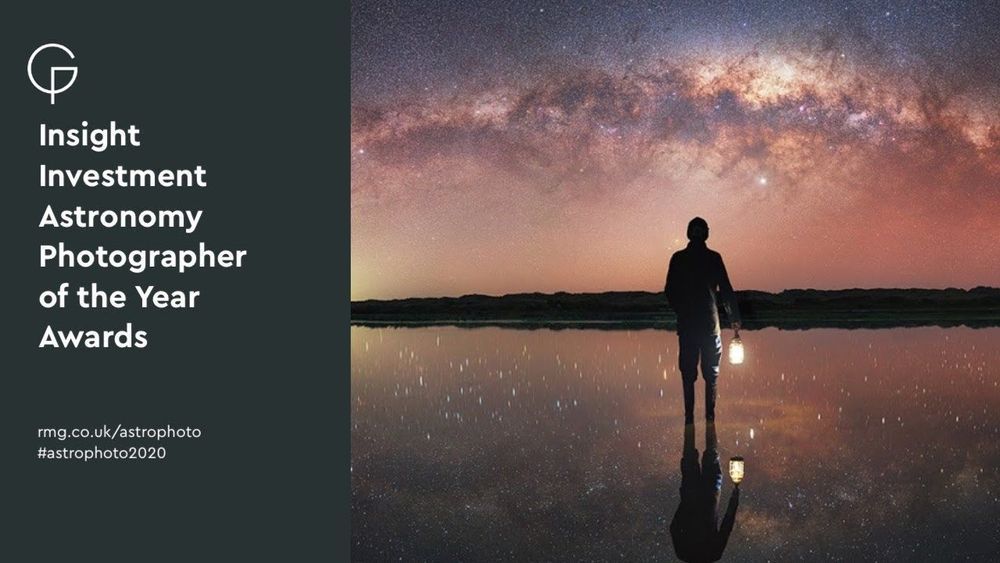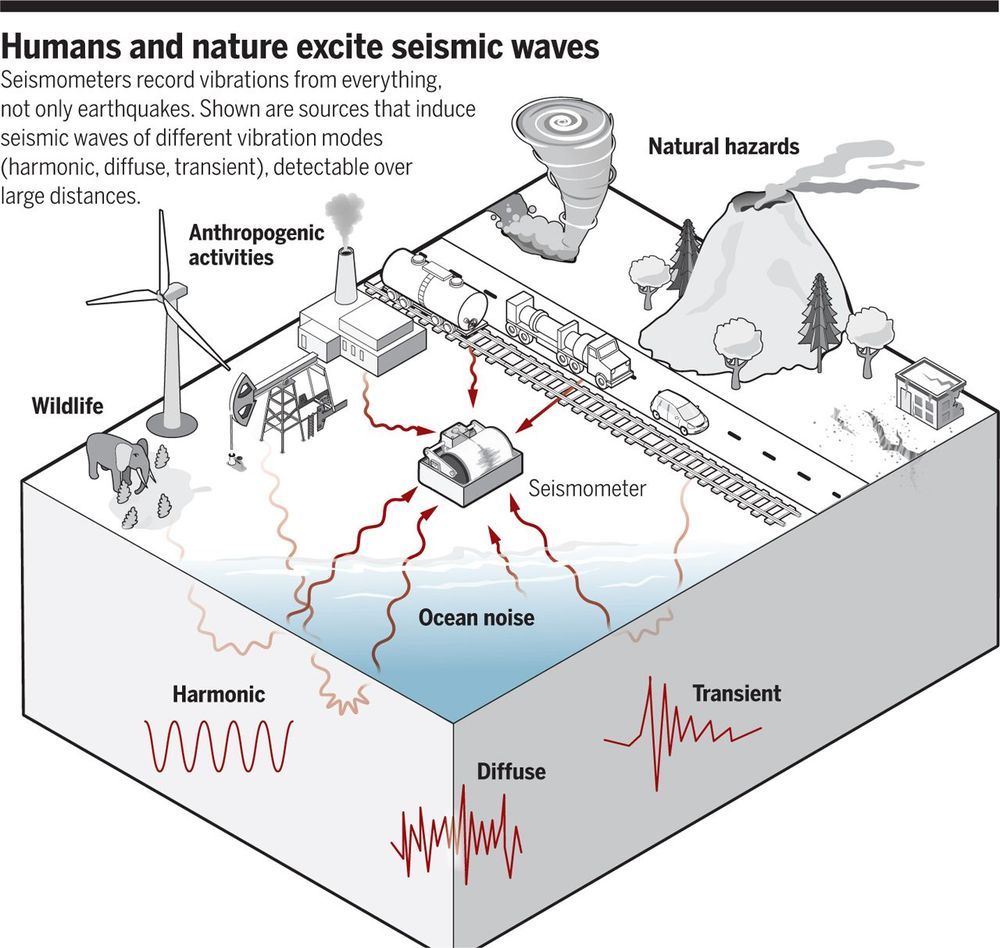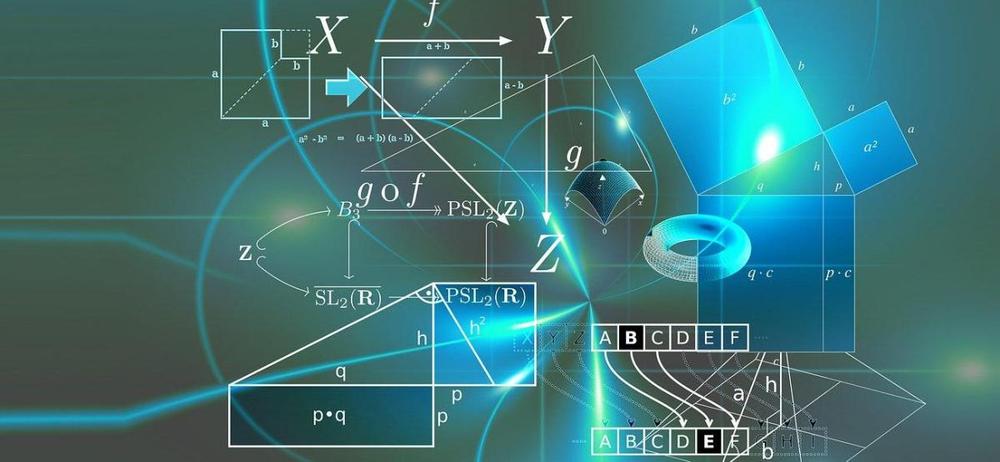Because much cancer research and clinical trials have been based on white populations, efforts to explore the ways race and ethnicity influence disease are underway.
O,.o.
Bloodhound LSR reached 628 mph during testing but now needs cash to fund a rocket booster to ultimately hit a goal of 1,000 mph.
In the book of Genesis, the Bible recounts the Babel tower that, once built, would allow humanity to do whatever it wishes. In this video, I will go over how humanity’s first space elevator will revolutionize human progress in space exploration and colonization. I will also go over the risks of a possible space elevator.
Discord Link: https://discord.gg/brYJDEr
Patreon link: https://www.patreon.com/TheFuturistTom
Please follow our instagram at: https://www.instagram.com/the_futurist_tom
For business inquires, please contact [email protected]
An international contest for space photography awarded its top prize to the photographer who captured a unique view of the Andromeda galaxy.
Our planet vibrates incessantly, sometimes with notable but more often with imperceptible intensity. Conventional seismology attempts to decipher vibrational sources and path effects by studying seismograms—records of vibrations measured with seismometers. In doing so, scientists seek either to understand the tectonic processes that lead to strong ground motions and earthquake failure (1) or to probe otherwise inaccessible planetary interiors (2). Progress in these areas of research typically has relied on the rare and geographically irregular occurrence of large earthquakes. However, anthropogenic (human) activities at Earth’s surface also generate seismic waves that instruments can detect over great distances. On page 1338 of this issue, Lecocq et al. (3) report on a quieting of anthropogenic vibrations since the start of the severe acute respiratory syndrome coronavirus 2 (SARS-CoV-2) pandemic.
http://www.sciencemag.org/about/science-licenses-journal-article-reuse
This is an article distributed under the terms of the Science Journals Default License.
Sure, it was wildfire smoke that made parts of California and Oregon change hue. But inside that smoke was alchemy — the chemistry and physics of molecules and wavelengths.
San Francisco-based AI research laboratory OpenAI has added another member to its popular GPT (Generative Pre-trained Transformer) family. In a new paper, OpenAI researchers introduce GPT-f, an automated prover and proof assistant for the Metamath formalization language.
While artificial neural networks have made considerable advances in computer vision, natural language processing, robotics and so on, OpenAI believes they also have potential in the relatively underexplored area of reasoning tasks. The new research explores this potential by applying a transformer language model to automated theorem proving.
Automated theorem proving tends to require general and flexible reasoning to efficiently check the correctness of proofs. This makes it an appealing domain for checking the reasoning capabilities of language models and for the study of reasoning in general. The ability to verify proofs also helps researchers as it enables the automatic generation of new problems that can be used as training data.
